11 Essential Tips for Starting a Vintage Clothing Collection
Starting a vintage clothing collection can be a rewarding journey, but it requires careful planning and knowledge. Whether you’re drawn to the timeless styles of past decades or looking to invest in unique, high-quality pieces, there are essential steps to follow. From finding authentic garments to properly caring for your items, a thoughtful approach ensures your collection grows steadily and holds its value over time. By focusing on key areas, you can build a wardrobe that not only reflects your style but also preserves the beauty and history of fashion.
This post may contain affiliate links, which helps keep this content free. Please read our disclosure for more info.
Define Your Niche
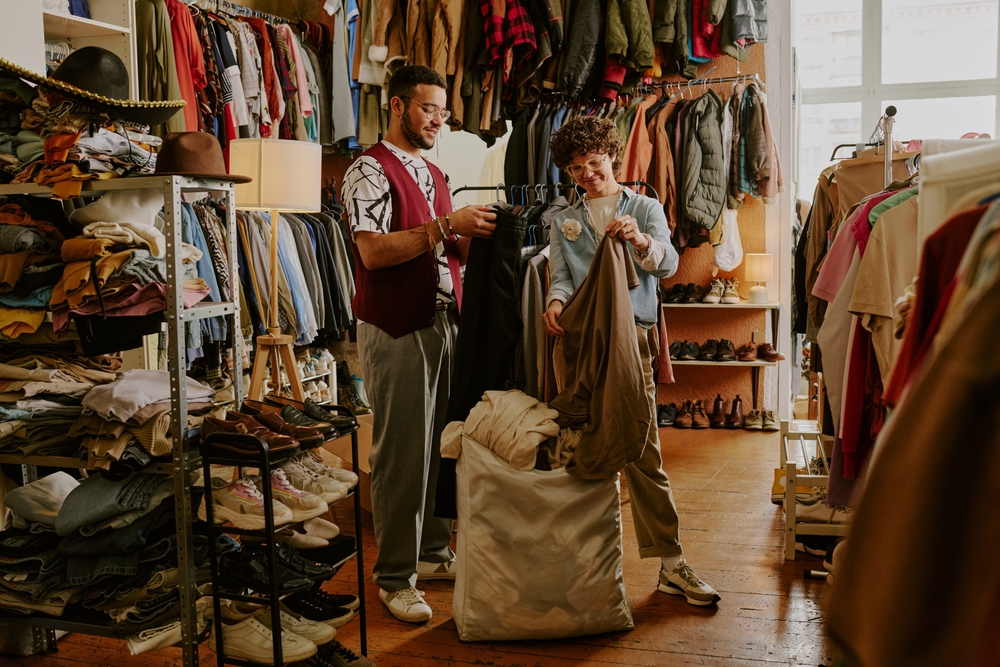
When starting a vintage clothing collection, it is important to define your niche. Focusing on a specific era, style, or type of clothing helps narrow down your search and gives your collection a clear direction. Whether you want to specialize in 1920s flapper dresses, 1960s mod fashion, or vintage denim, having a niche can make it easier to understand what to look for and where to look. It also allows you to build a more cohesive collection over time, making it more valuable and enjoyable to curate.
Having a niche also helps you make informed decisions about what to buy. Instead of impulsively buying random pieces, you can prioritize items that fit within your niche, ensuring they complement one another. This focus will help you develop a stronger understanding of your collection, increasing your ability to spot valuable items in the future.
Research the History of Fashion
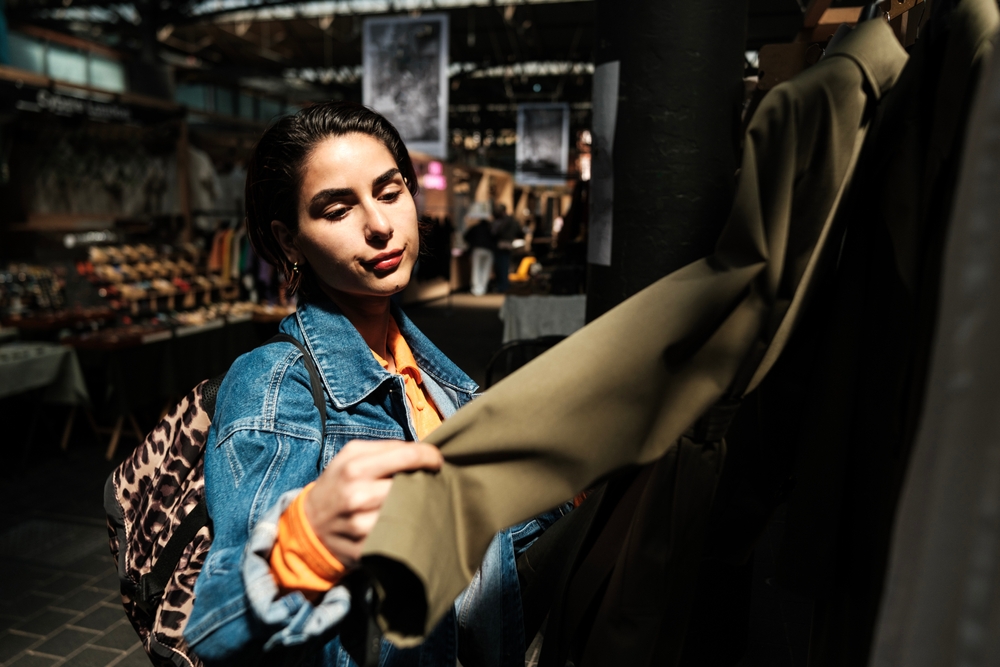
Before diving into buying vintage pieces, take the time to research the history of fashion. Understanding the trends, key designers, and historical context behind different fashion eras will enhance your ability to identify authentic pieces. You’ll also become familiar with the materials, cuts, and construction methods used during various periods, which will help you spot fakes or poorly-made replicas.
Researching fashion history also allows you to appreciate the cultural significance behind certain items. Knowing the backstory of a particular piece can deepen your connection to it and make your collection feel more meaningful. It can also help you decide which pieces hold the most value or historical importance.
Source Authentic Pieces
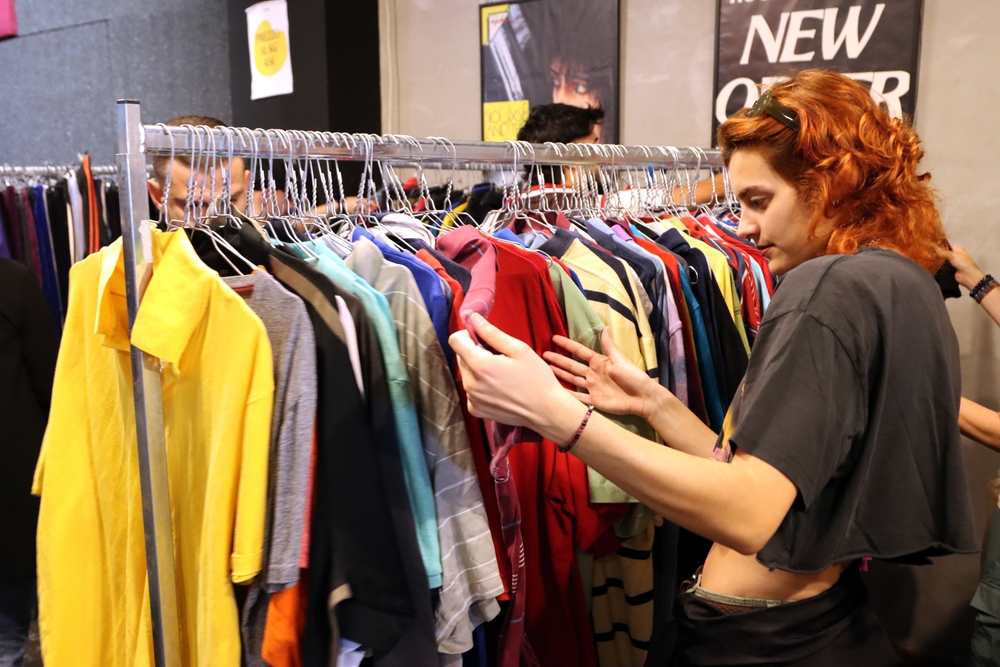
Finding authentic vintage clothing is key to building a valuable collection. Make sure you are buying from reputable sources, such as well-established vintage shops, trusted online platforms, or estate sales. Check for labels, stitching, and fabric types that are characteristic of the era in which the item was made. If you’re unsure, consult vintage clothing experts or other collectors to verify authenticity.
Avoid buying items that may be too good to be true. Some sellers may misrepresent modern pieces as vintage, so always be cautious. When in doubt, seek expert opinions or even professional authentication services to ensure you’re adding authentic items to your collection.
Understand Pricing
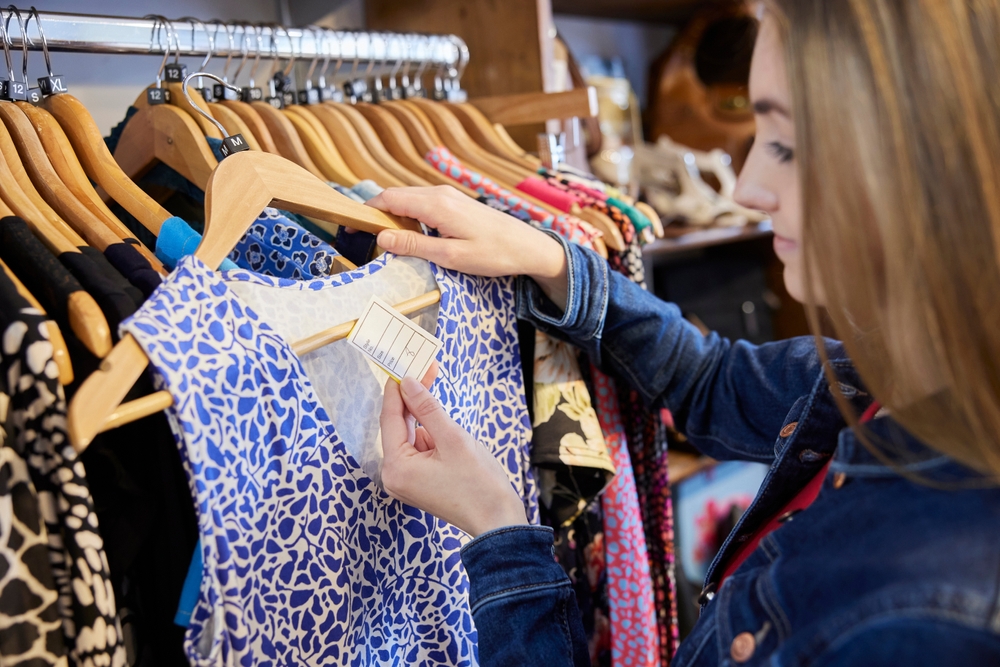
Knowing how to evaluate the price of vintage clothing is essential. Vintage pieces can vary widely in price based on factors like brand, condition, rarity, and demand. Before making a purchase, research the item and compare prices from different sources. This helps you avoid overpaying and ensures you’re investing wisely in your collection.
Be aware that the vintage market can fluctuate. Some items, especially rare or designer pieces, can become highly sought after and increase in value. Understanding pricing trends will help you make informed decisions about when to buy and when to hold off on purchasing certain items.
Inspect the Condition of Items
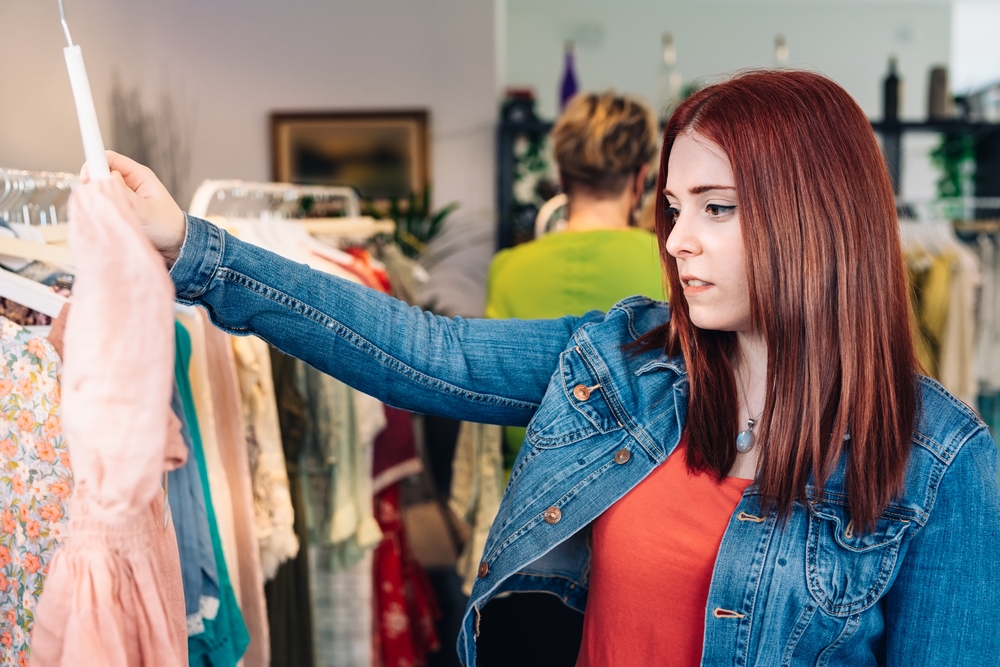
Always inspect vintage clothing carefully before making a purchase. Look for signs of wear, such as stains, tears, or fading. While some signs of wear are expected with older garments, heavily damaged pieces may not be worth the investment. When assessing an item, check the seams, buttons, zippers, and other details to ensure they are still functional.
It is also important to consider the cost of potential repairs. A piece with minor damage may be repairable, but extensive damage may reduce its value. Weigh the cost of restoration against the potential value of the item to make an informed decision.
Learn How to Spot Fake Vintage Clothing
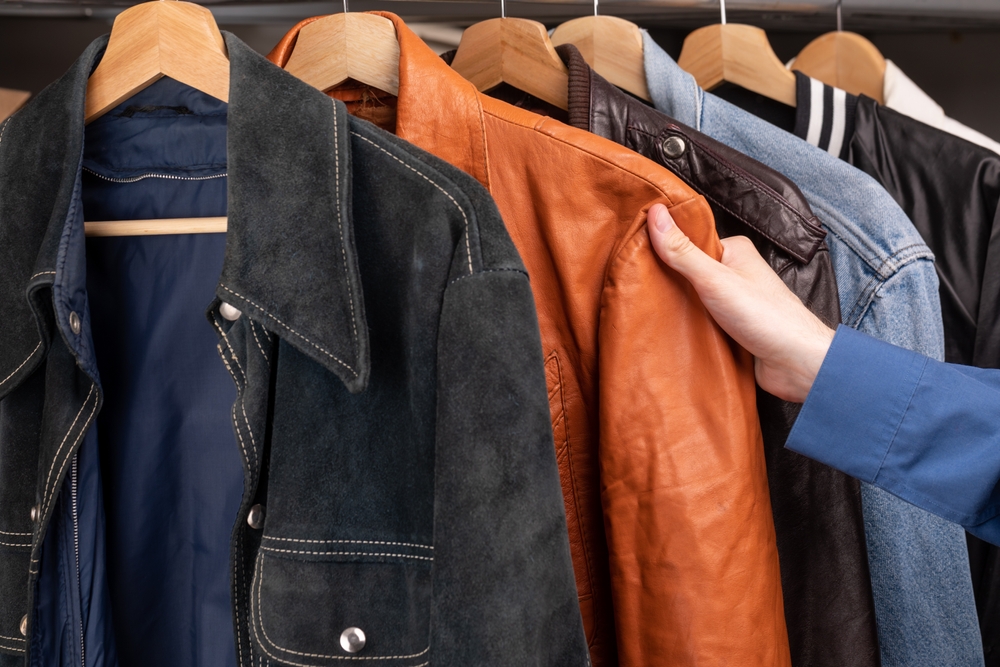
Unfortunately, the vintage market can attract counterfeit items. Learning to spot fake vintage clothing is an essential skill for any collector. Study the stitching, tags, and fabric used in the era you are collecting. Modern reproductions may look similar at first glance, but they often lack the authenticity and craftsmanship of original vintage pieces.
For high-end items, it’s especially important to consult experts or rely on certifications from reputable sellers. Investing time in learning about the differences between real and fake vintage clothing will save you money and disappointment in the long run.
Establish a Budget
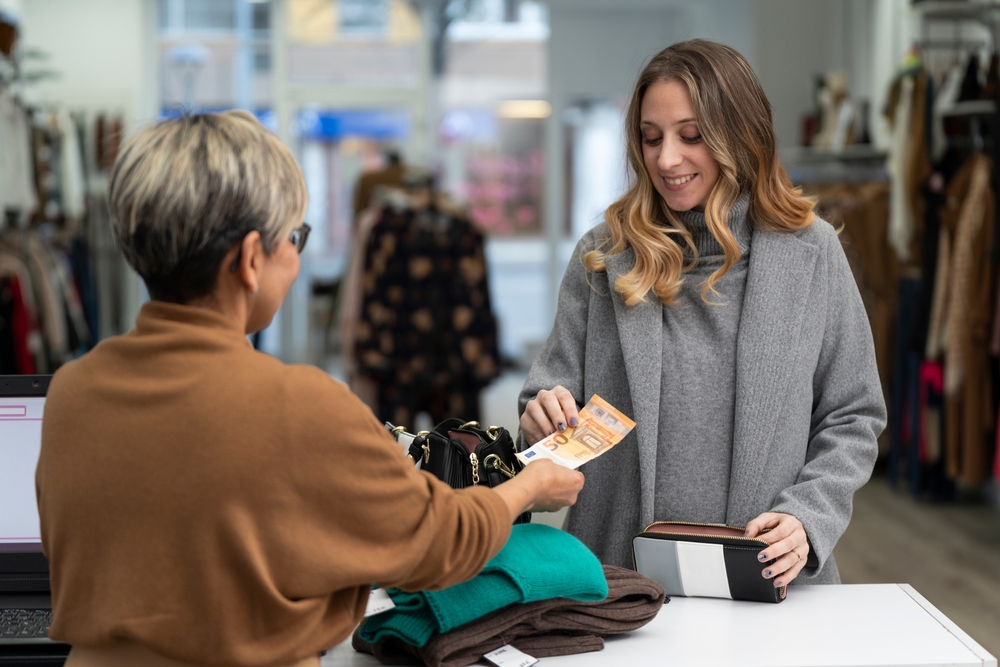
Setting a budget for your vintage clothing collection is a smart approach. Vintage clothing can range in price from affordable to high-end designer items, so it’s essential to know how much you’re willing to spend. By setting a budget, you can avoid impulse purchases and focus on finding quality pieces that fit within your financial means.
Having a budget also helps you prioritize your purchases. Decide if you want to focus on buying a few high-quality items or if you want to build a larger collection with smaller, more affordable pieces. A budget helps you keep track of your spending and ensures you are collecting items that align with your goals.
Understand the Importance of Fit

Fit is an important consideration when adding vintage clothing to your collection. Many vintage pieces were made with different sizing standards, so the size labeled on the item may not match modern sizing. Be sure to try on or measure pieces before purchasing to ensure they fit properly.
If the item does not fit you perfectly, you may be able to have it tailored to your size. However, keep in mind that alterations can affect the value of the piece, especially for rare or highly collectible items. Consider the balance between fit and originality when making decisions about alterations.
Properly Store Your Collection
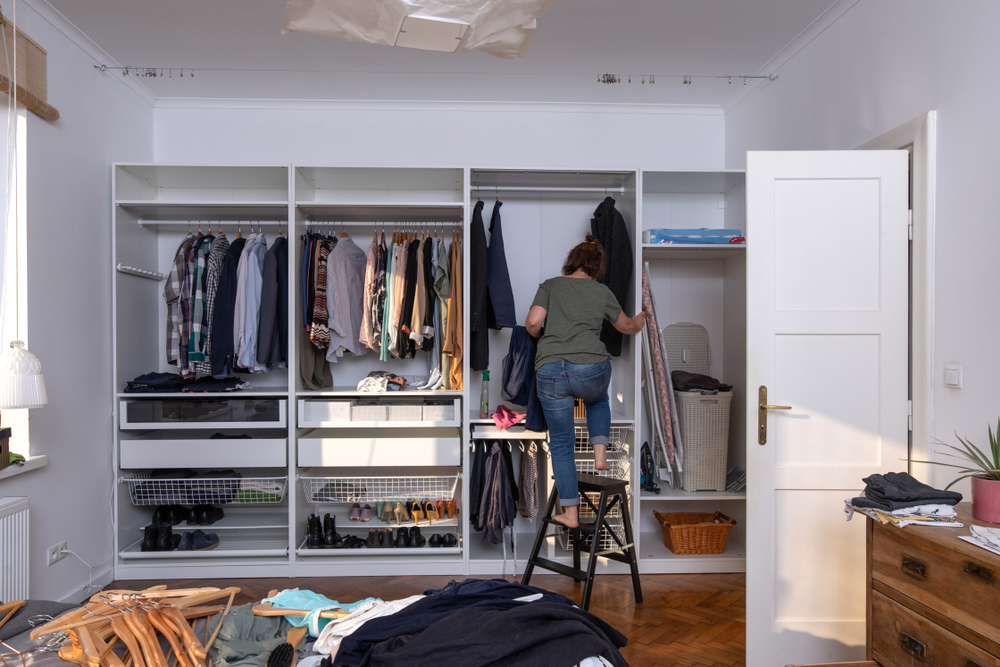
Proper storage is crucial for maintaining the condition of your vintage clothing. Always store items in a cool, dry place away from direct sunlight to prevent fading and deterioration. Use garment bags or acid-free tissue paper to protect delicate fabrics, and avoid hanging items on wire hangers, which can distort their shape.
For valuable items, consider investing in climate-controlled storage or dedicated display spaces. Proper storage ensures that your collection remains in excellent condition, allowing it to increase in value over time and remain visually appealing.
Learn About Textile Care

Caring for the textiles in your vintage collection is essential for preserving their longevity. Different fabrics require different care, so be sure to learn how to properly clean and maintain your garments. For example, delicate silks or wool garments may need to be dry cleaned, while cotton items can typically be hand-washed.
Understanding the proper care methods for each textile will help you avoid causing any damage. It is always better to err on the side of caution when cleaning vintage clothes, as improper care can lead to irreversible damage.
Attend Vintage Clothing Events
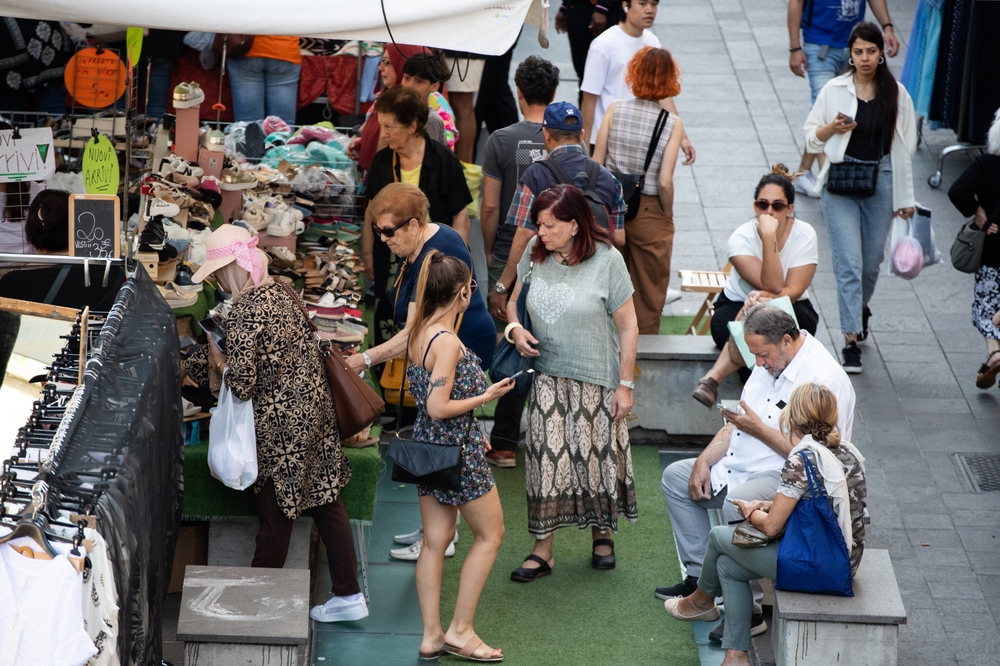
Vintage clothing events, such as flea markets, trade shows, and auctions, are great opportunities to find unique pieces. At these events, you can meet other collectors, gain knowledge from experts, and see a wide variety of items in person. These events are also an excellent way to network and stay updated on the latest trends in the vintage fashion world.
In addition to finding great items, attending these events helps you gain a deeper understanding of the vintage clothing community. You can learn valuable tips and tricks from other collectors, which will help you improve your collection and buying strategies.
This article originally appeared on Avocadu.
